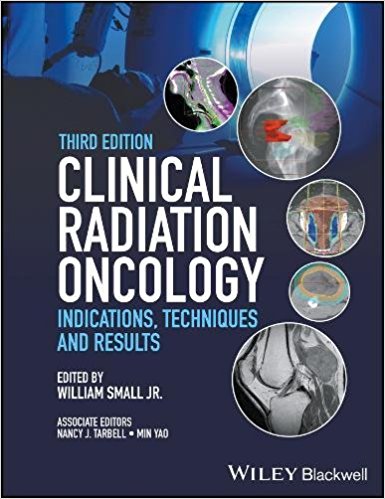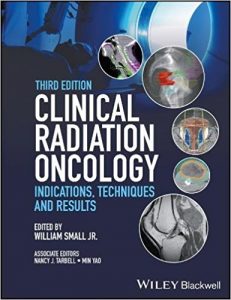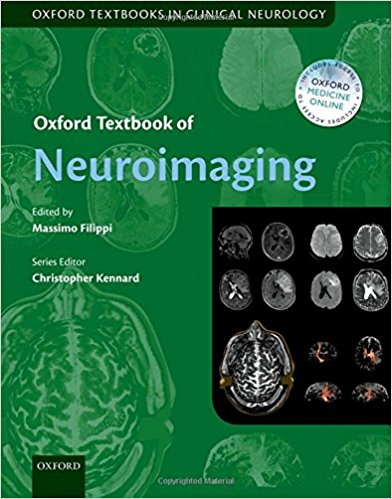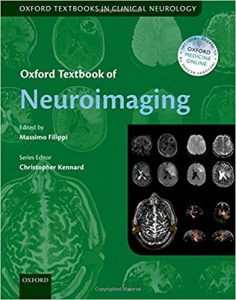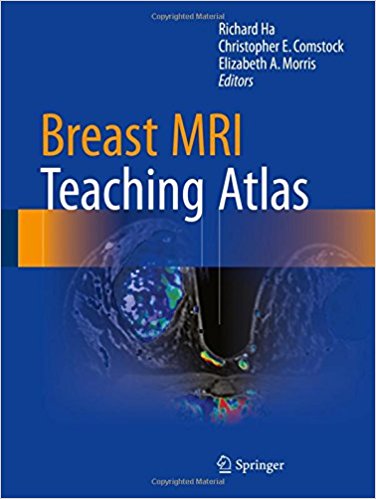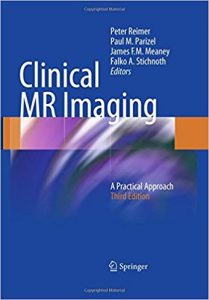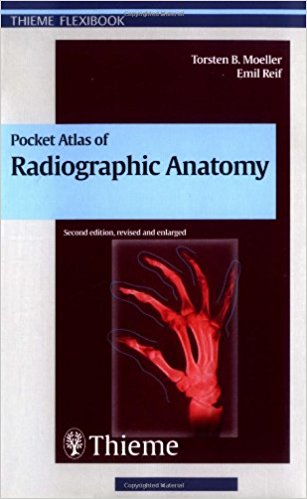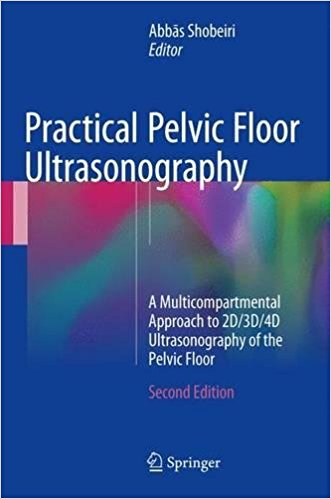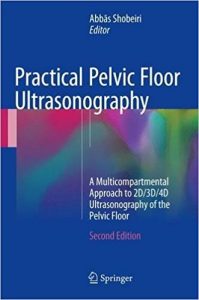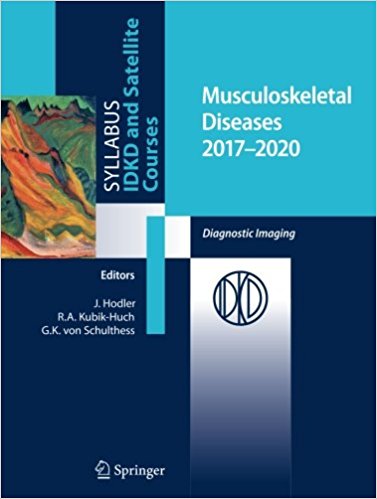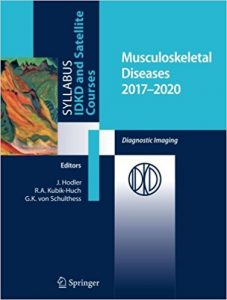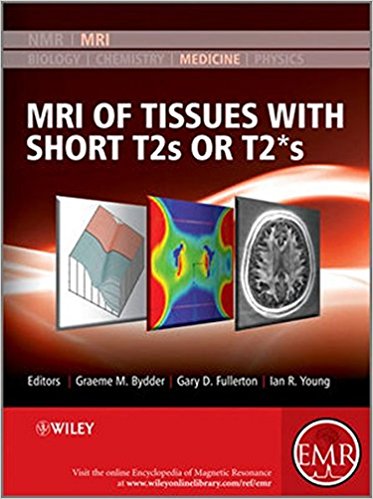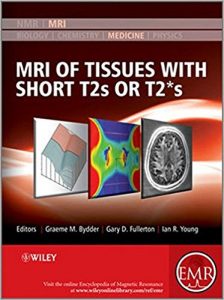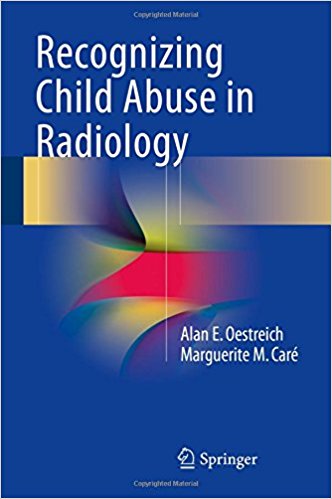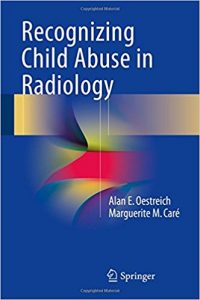Learning Radiology: Recognizing the Basics, 3e 3rd Edition
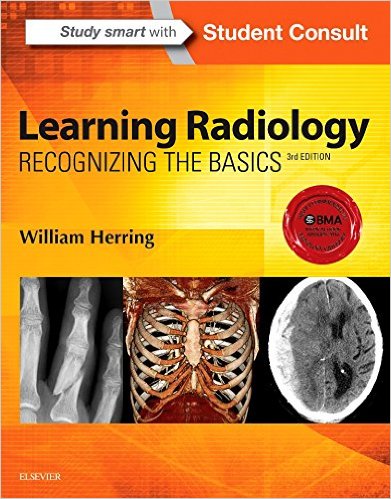

[amazon template=iframe image2&asin=0323328075]
A must-have for anyone who will be required to read and interpret common radiologic images, Learning Radiology: Recognizing the Basics is an image-filled, practical, and easy-to-read introduction to key imaging modalities. Skilled radiology teacher William Herring, MD, masterfully covers exactly what you need to know to effectively interpret medical images of all modalities. Learn the latest on ultrasound, MRI, CT, patient safety, dose reduction, radiation protection, and more, in a time-friendly format with brief, bulleted text and abundant high-quality images. Then ensure your mastery of the material with additional online content, bonus images, and self-assessment exercises at Student Consult.
-
- Identify a wide range of common and uncommon conditions based upon their imaging findings.
-
- Arrive at diagnoses by following a pattern recognition approach, and logically overcome difficult diagnostic challenges with the aid of decision trees.
-
- Quickly grasp the fundamentals you need to know through more than 700 images and an easy-to-use format and pedagogy, including: bolding of key points and icons designating special content; Diagnostic Pitfalls; Really, Really Important Points; Weblinks; and Take-Home Points.
-
- Gauge your mastery of the material and build confidence with extra images, bonus content, interactive self-assessment exercises, and USMLE-style Q&A that provide effective chapter review and quick practice for your exams.
-
- Apply the latest recommendations on patient safety, dose reduction and radiation protection
- Benefit from the extensive knowledge and experience of esteemed author Dr. William Herring―a skilled radiology teacher and the host of his own specialty website, www.learningradiology.com.
-
- Stay current in the latest advancements and developments with meticulous updates throughout including a new chapter on Pediatric Radiology as well as more than 60 new and updated photos, many highlighting newer imaging modalities.
-
- Maximize your learning experience with interactive Student Consult extras videos/images of 3D images, functional imaging examinations, dynamic studies, and additional assessments.
- Student Consult eBook version included with purchase. This enhanced eBook experience allows you to search all of the text, figures, references, and videos from the book on a variety of devices.

